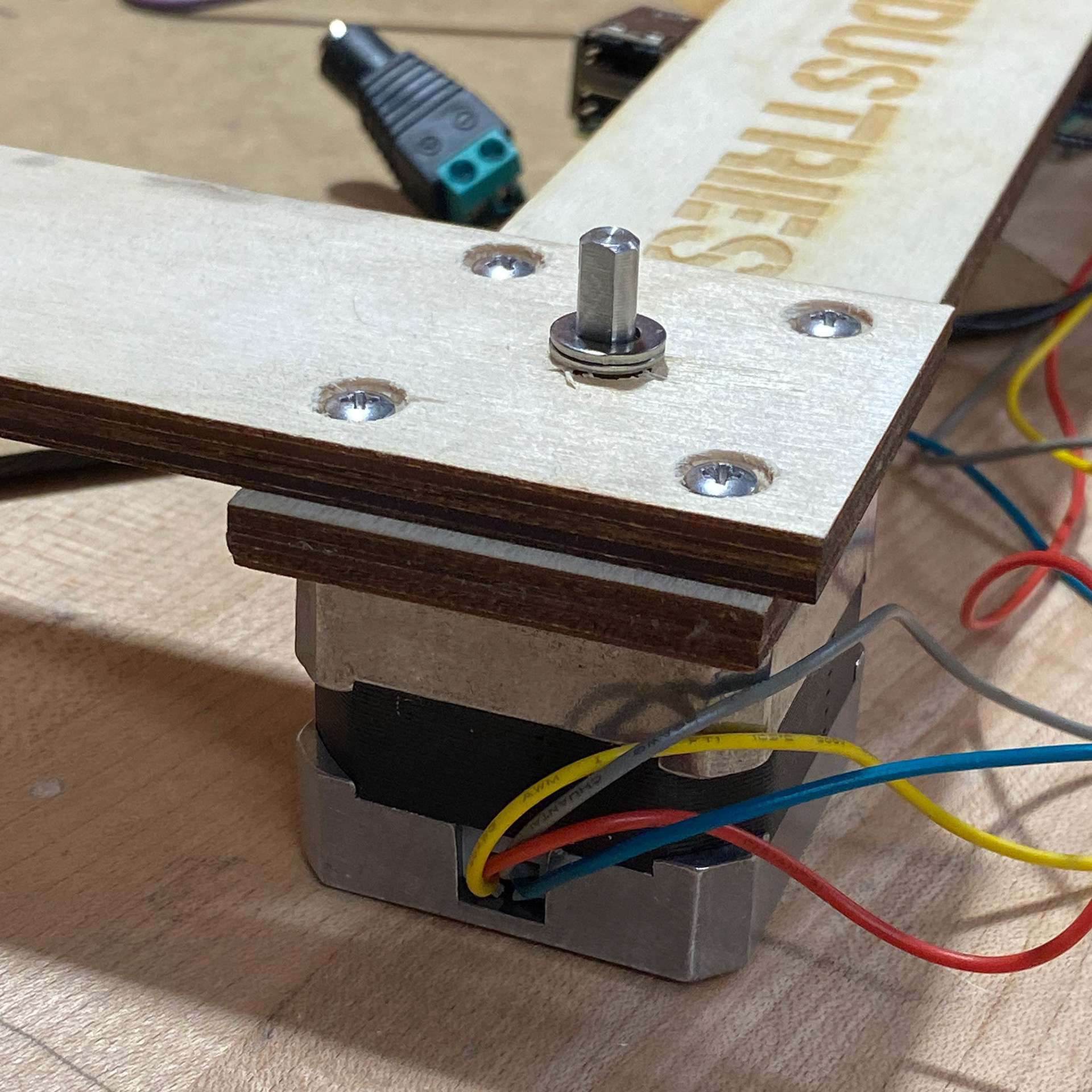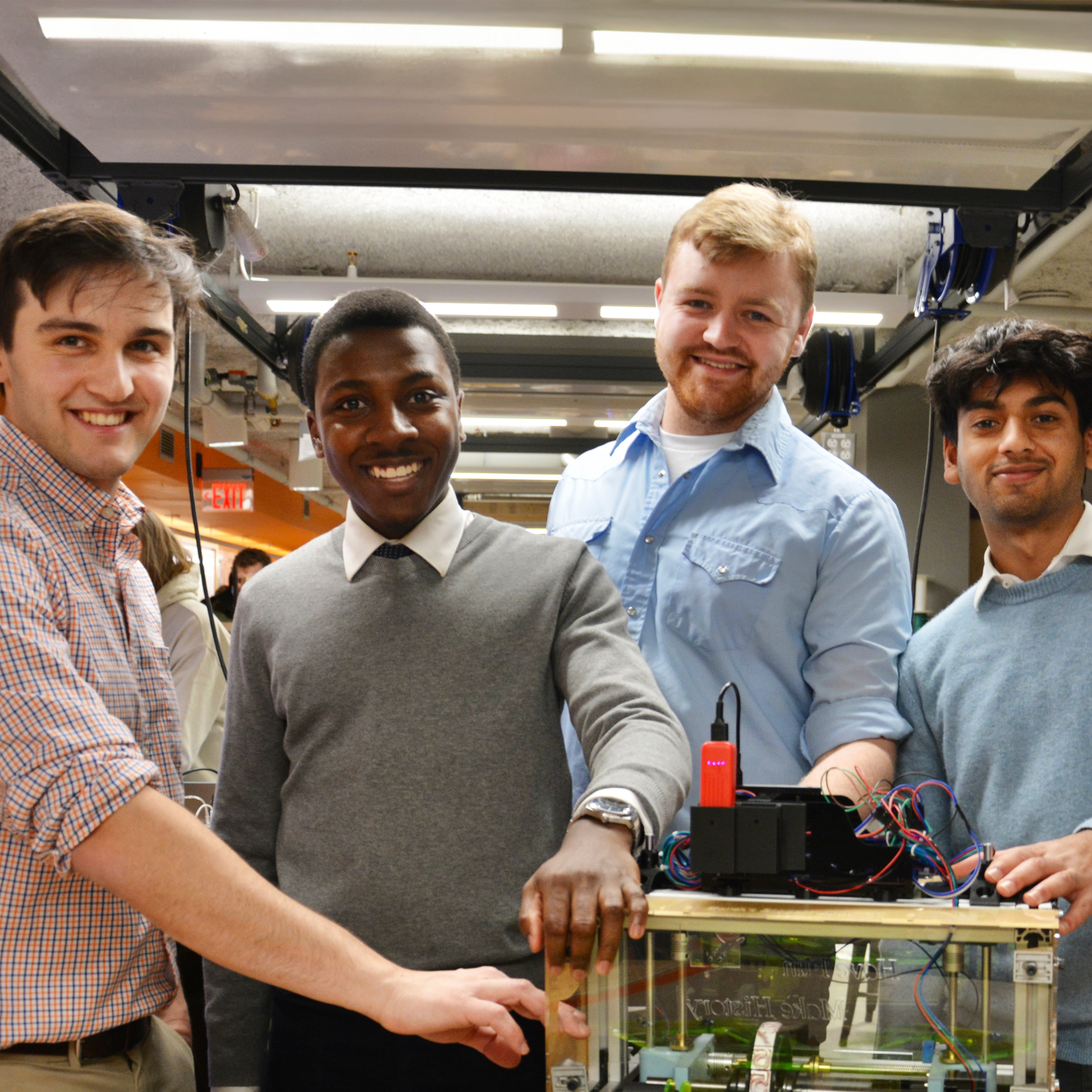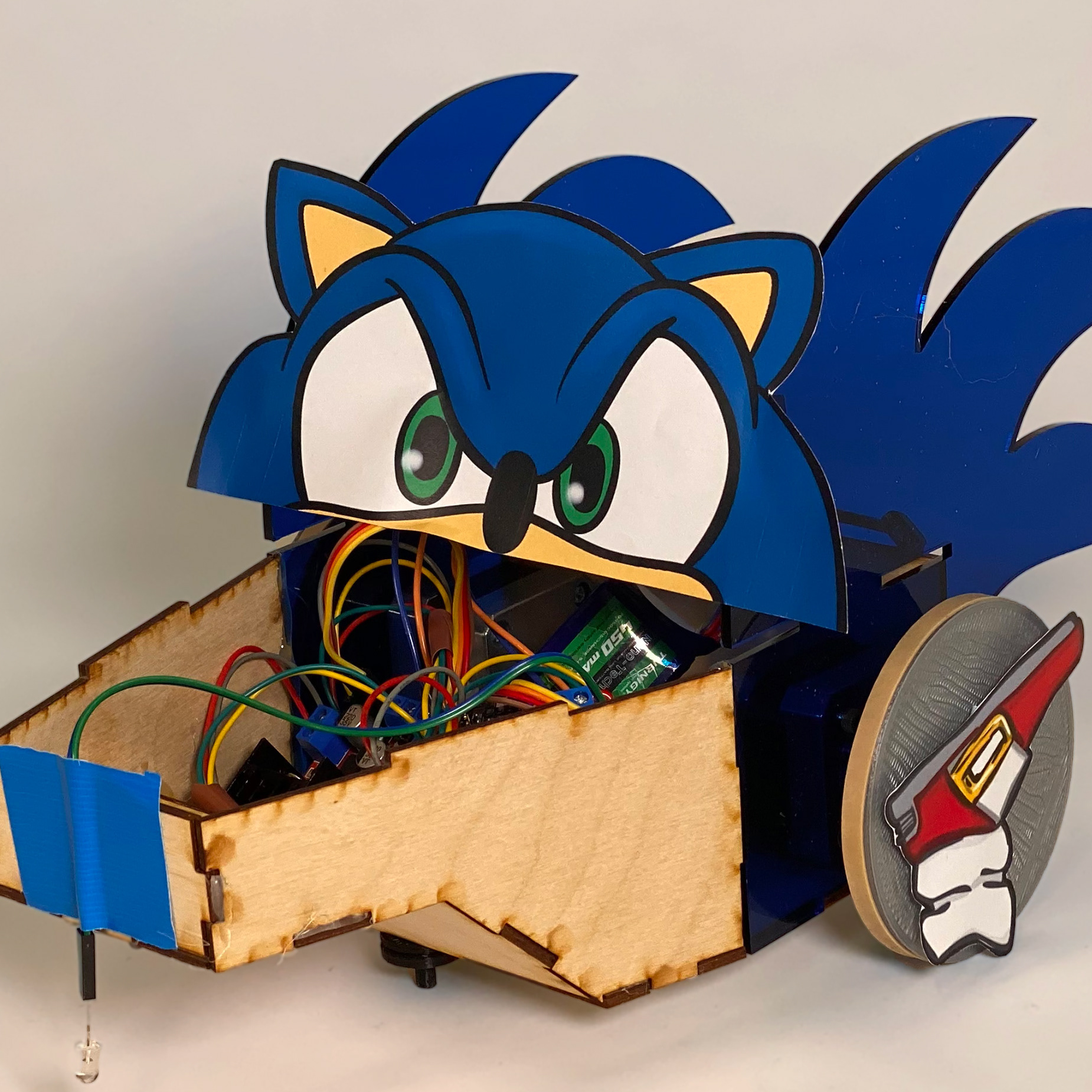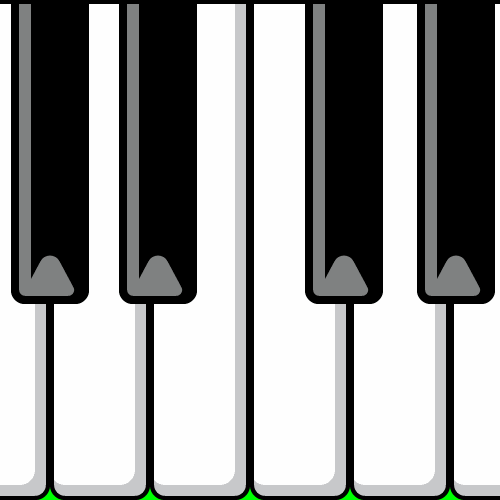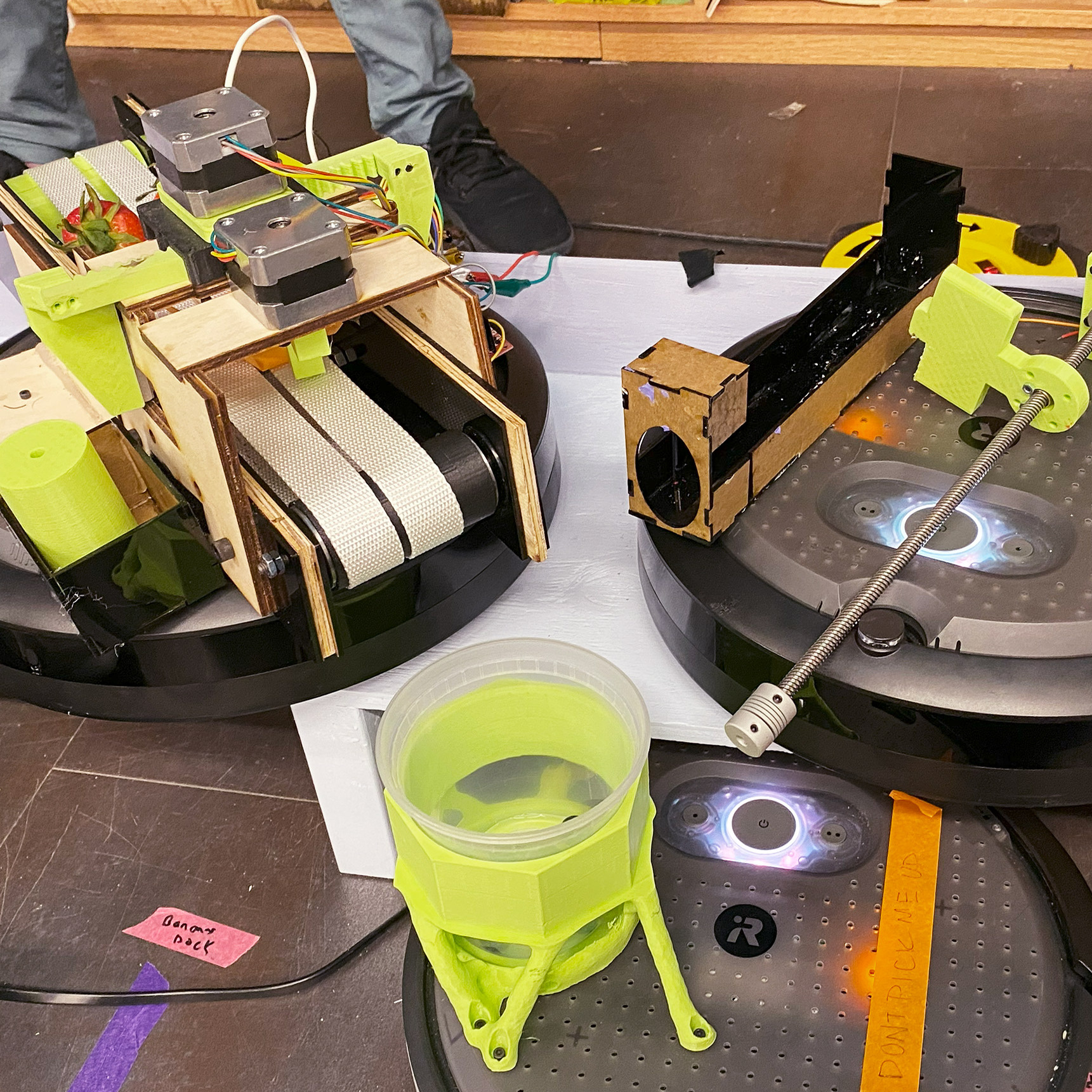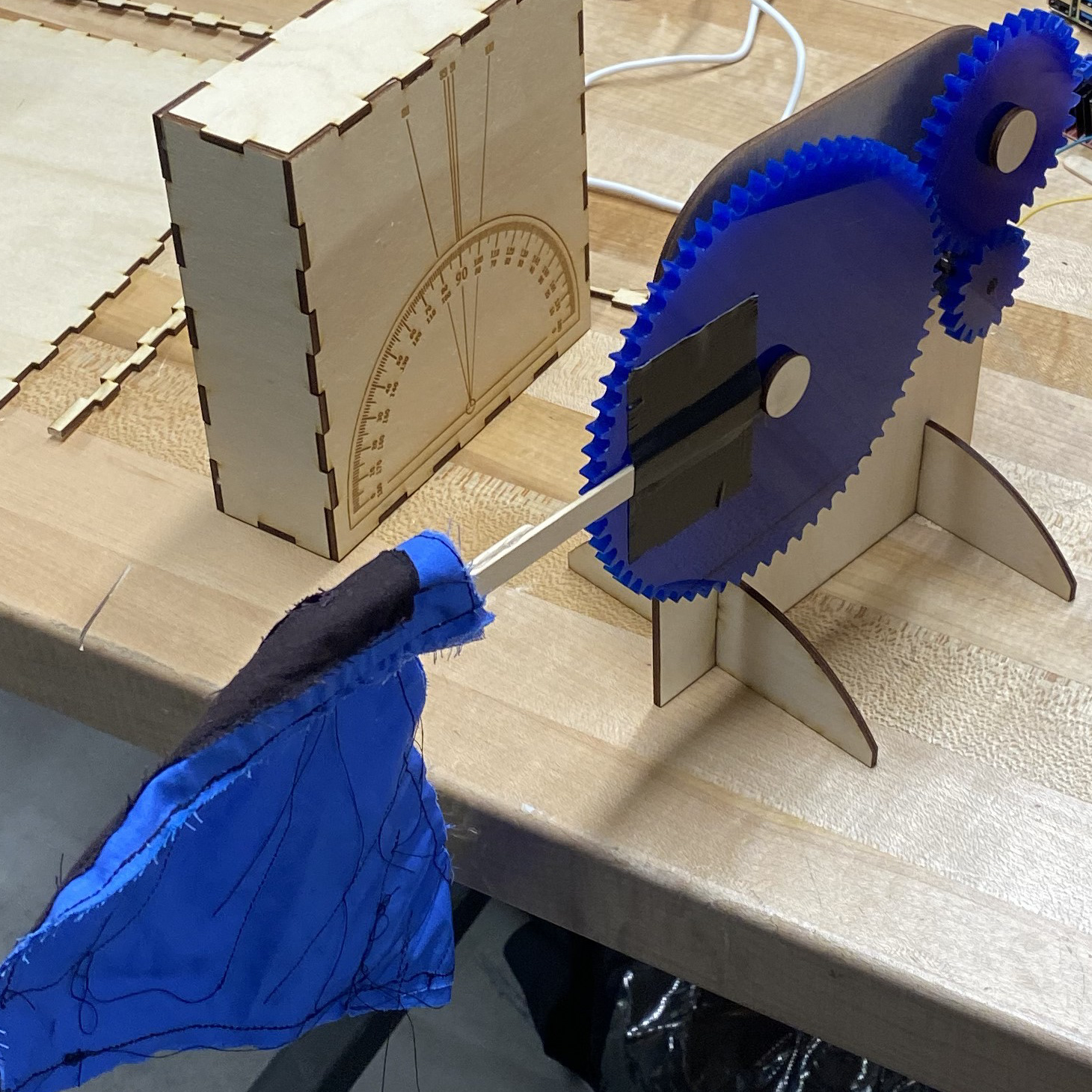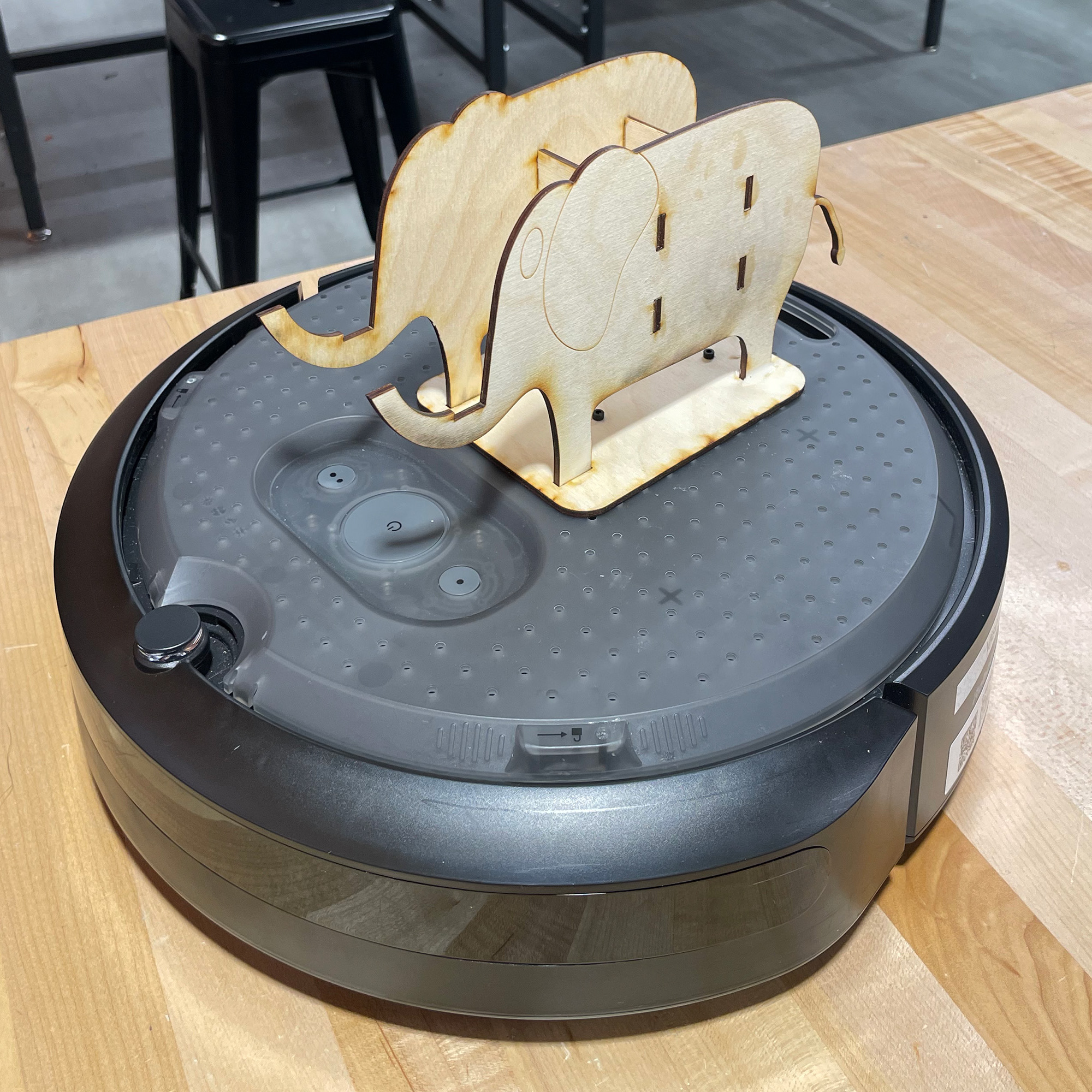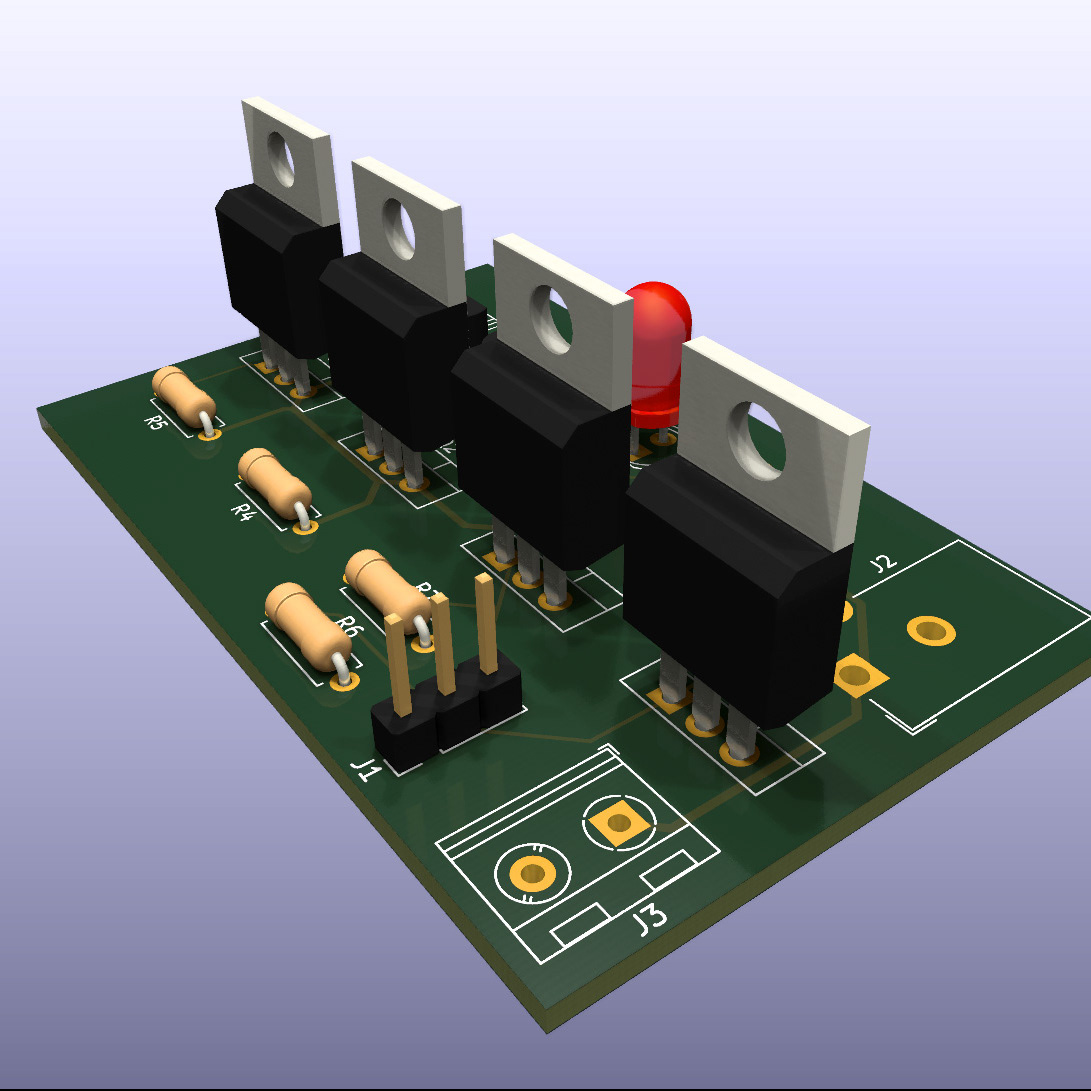The goal of this project was to create a robot that could navigate an unknown interior of a covered maze. This was accomplished using a web server-hosted custom controller, a streaming camera, as well as custom circuitry and motor drivers.




Robot Chassis Modeling
Before any components could be used, I modeled a design for a tractor-inspired chassis that could hold multiple levels of electronics. A base shape was created, and then iterated to allow for laser cutting. Precise holes were then placed to allow for the attachment of various components such as motors, h-bridges, microcontrollers, and batteries.
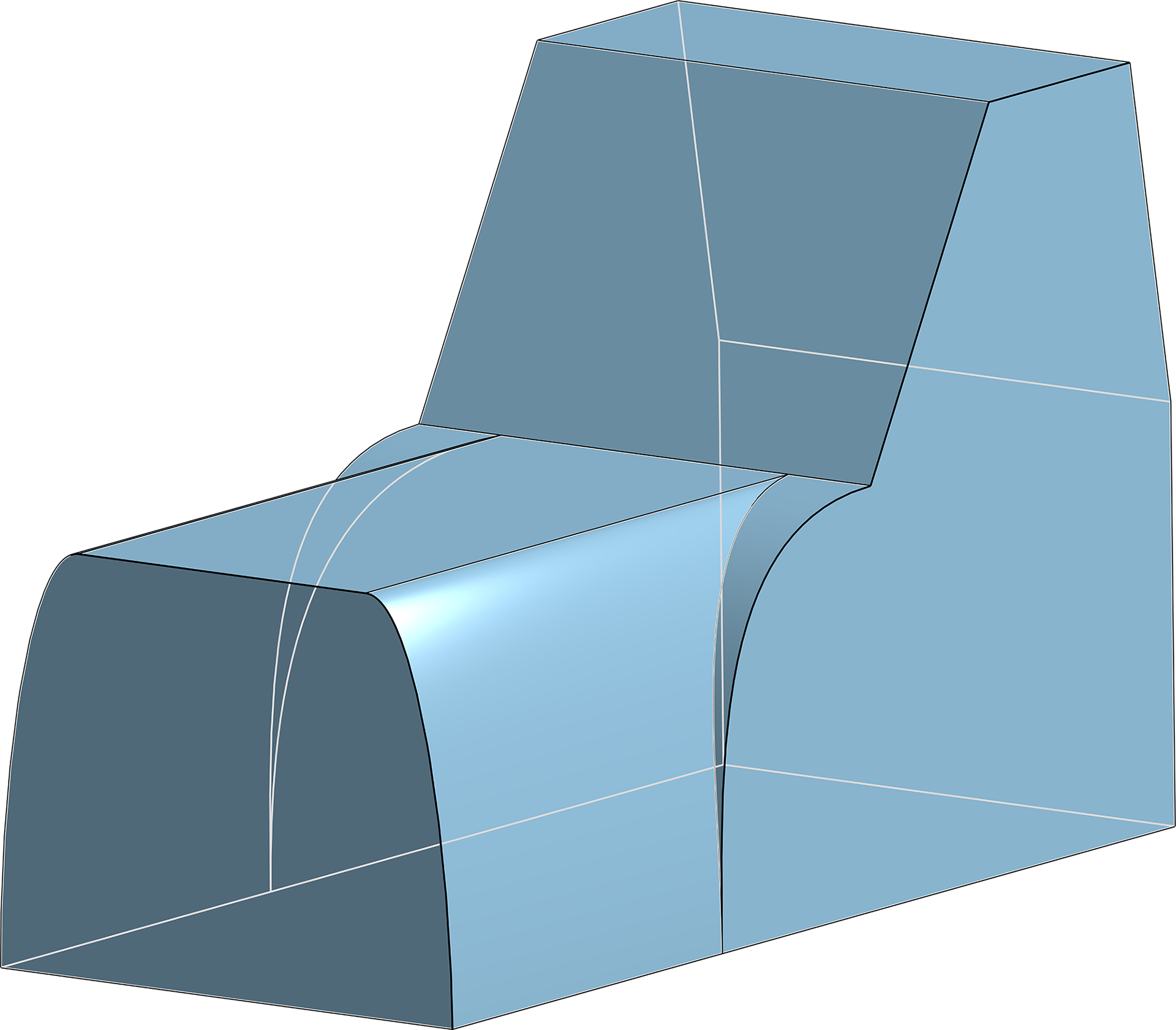
Stage 1: A basic shape was define for the overall layout.
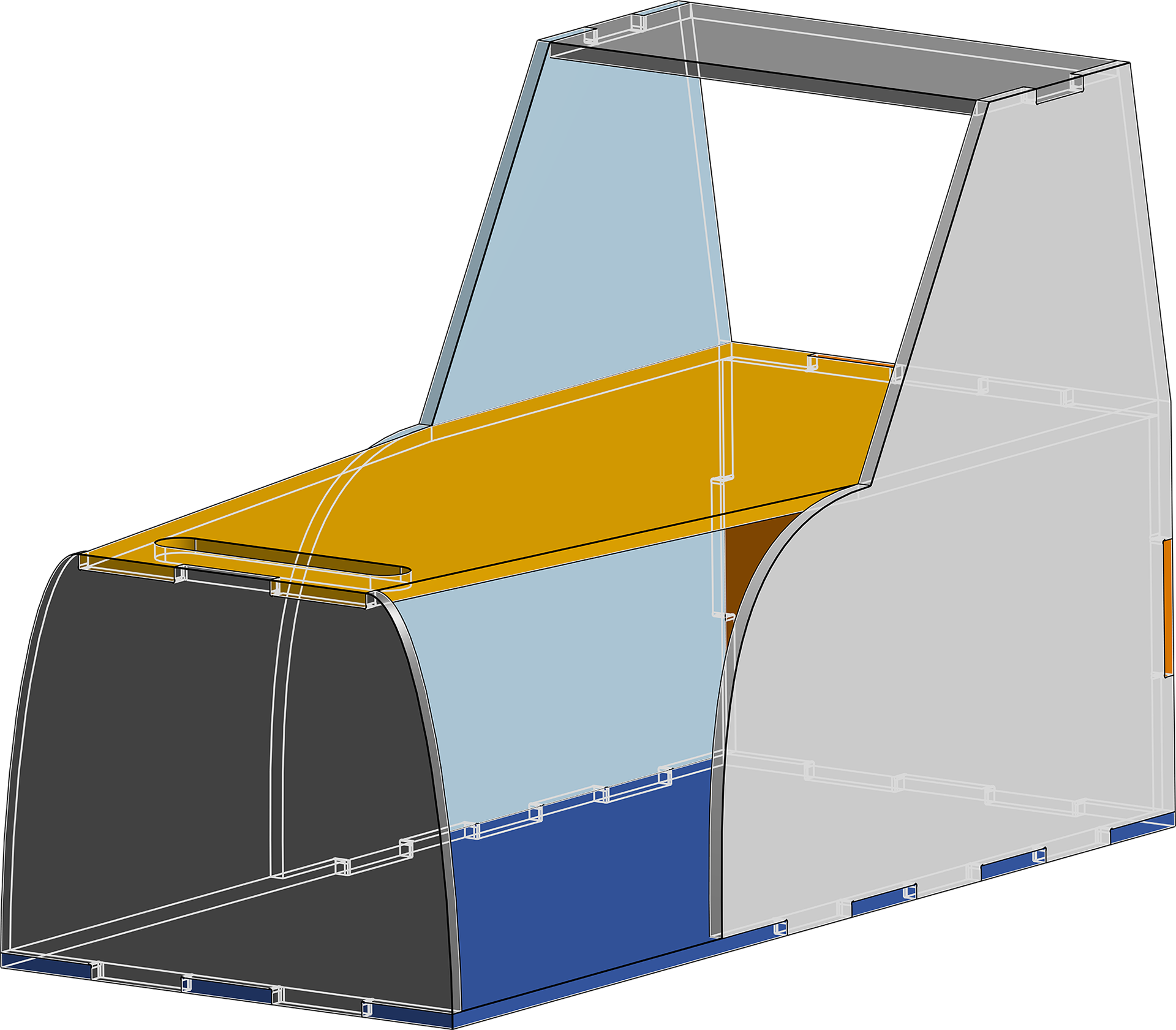
Stage 2: The model was converted to thin jig-saw-fitted sheets.
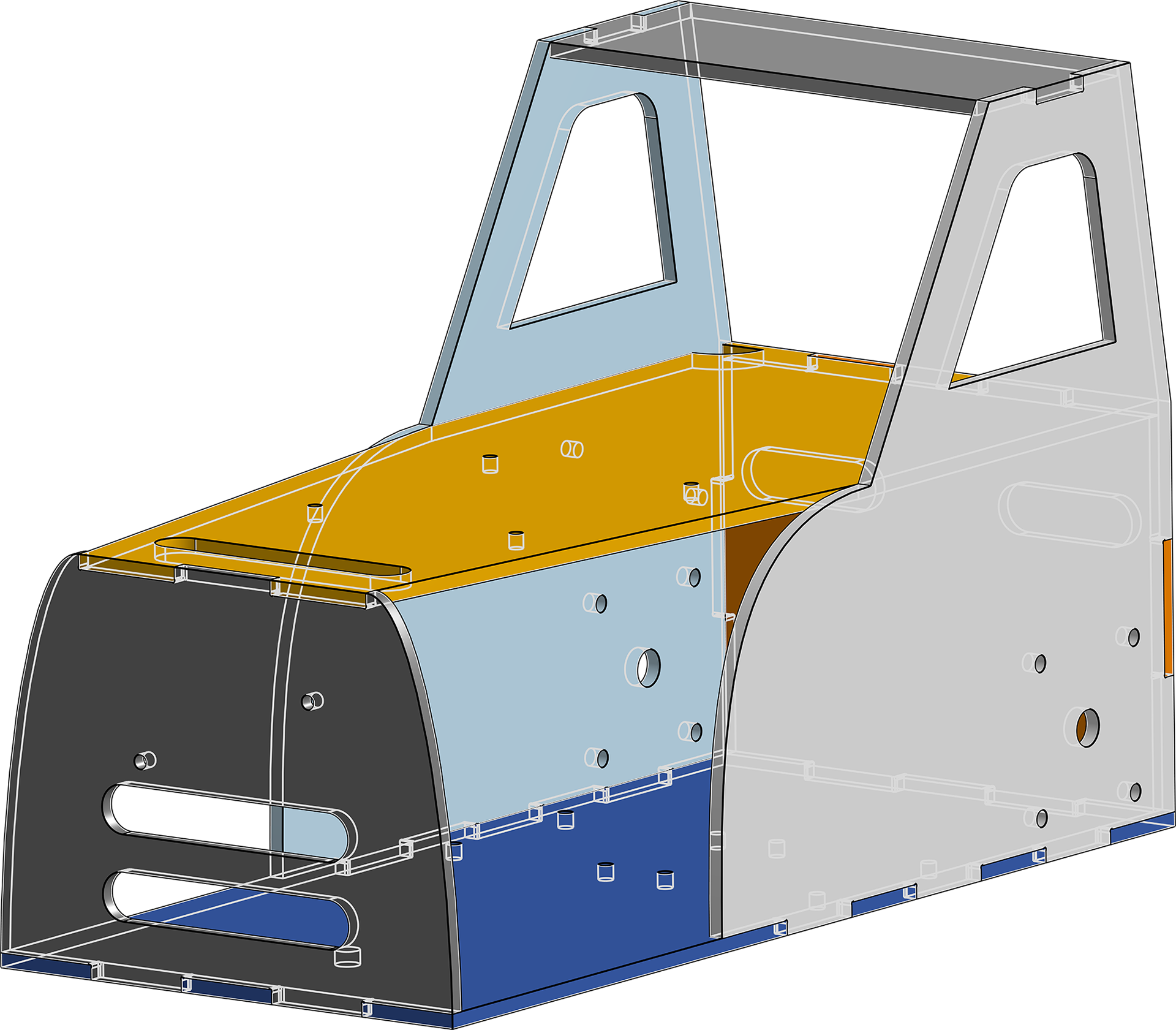
Stage 3: Holes were placed for component attachment points.
Circuitry Layout
For more precise movement, two stepper motors were used as the main robot drivers. This required two double-h-bridges to control, all of which would connect to a Raspberry Pi. A portable 12V battery (Not pictured) was used to power both the motors and the microcontroller. An unknown weight would also be added to the final design.
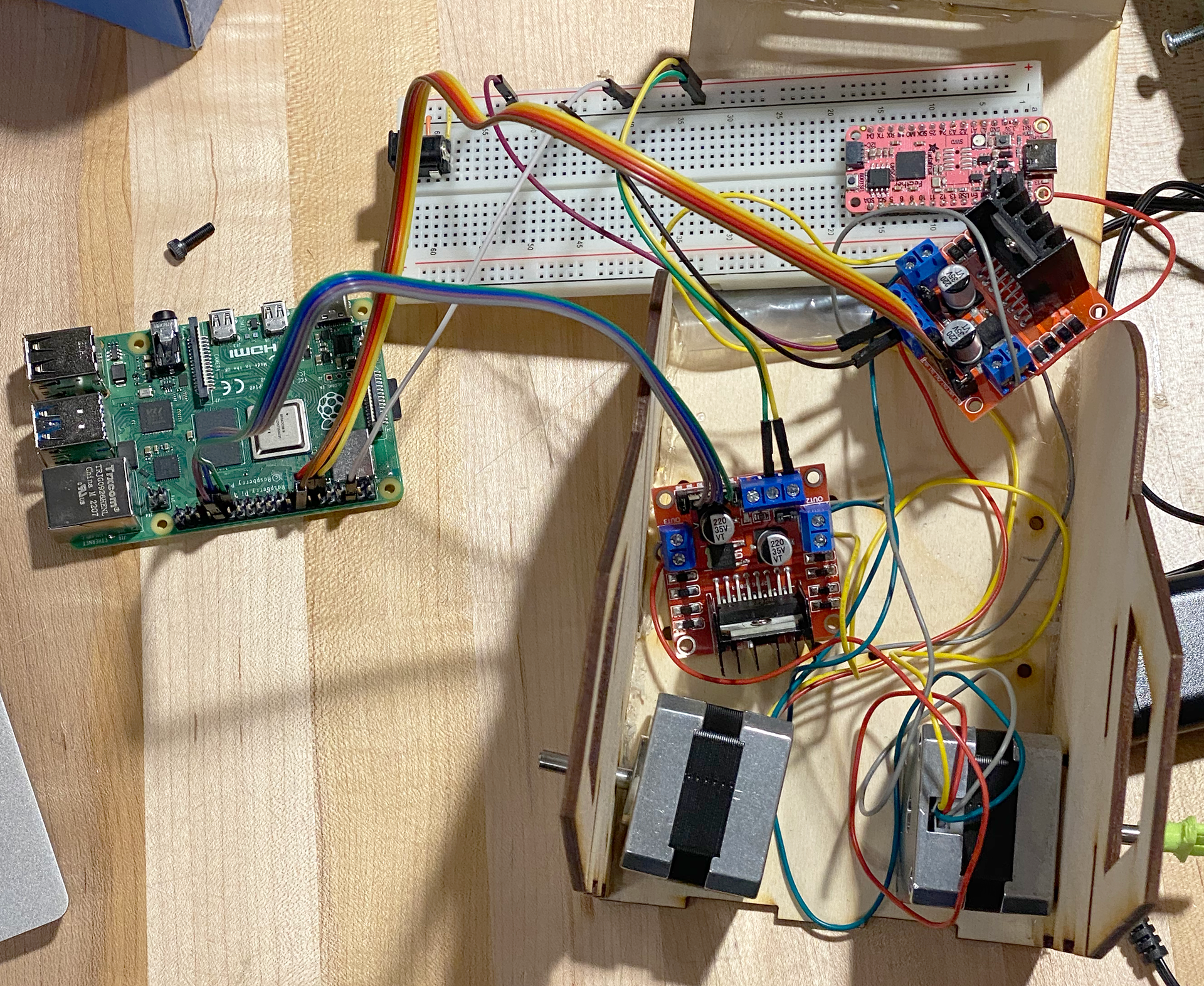
A deconstructed look at the proposed circuitry.
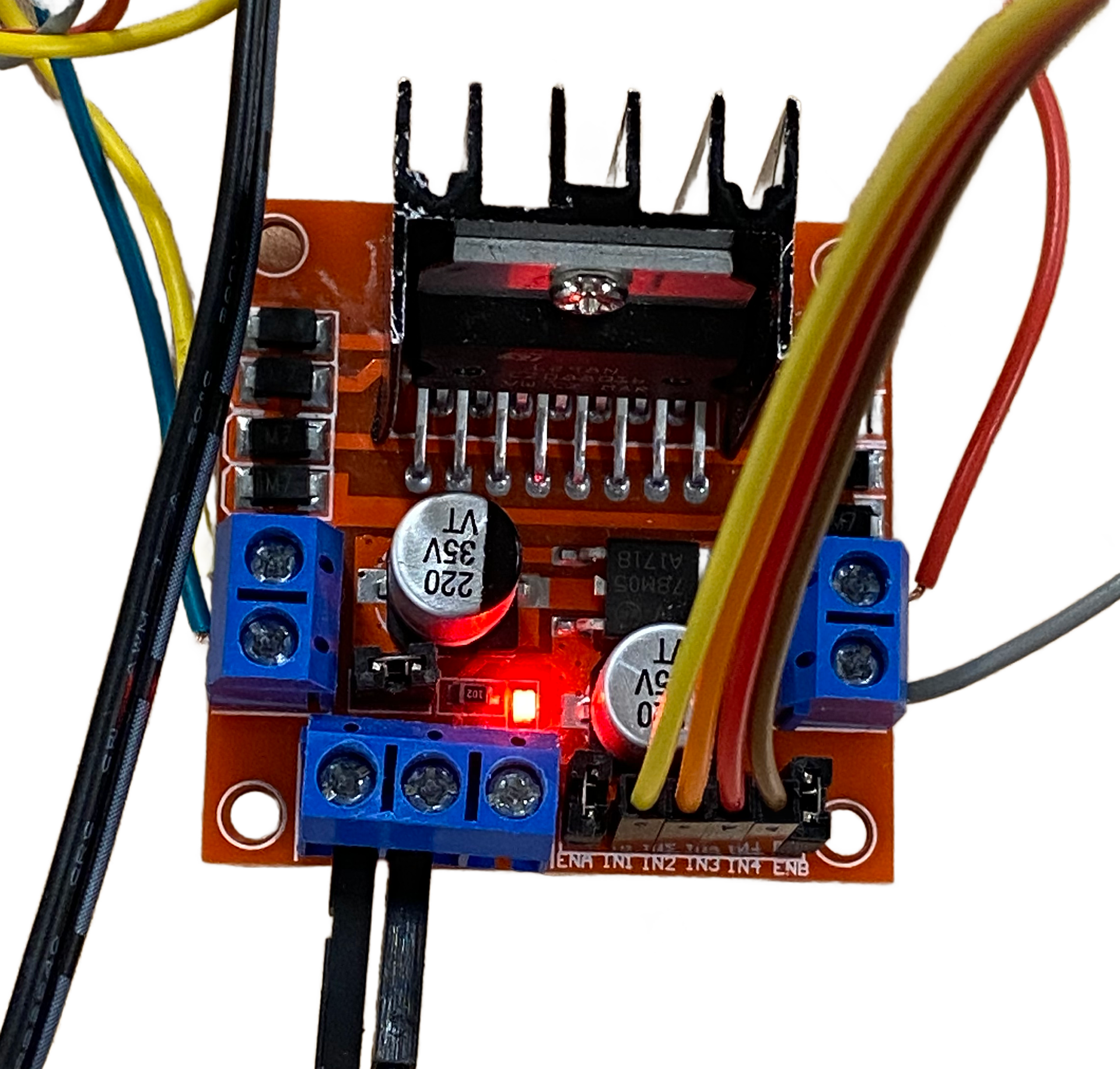
L298N Double H-Bridge.
Controller Code
Due to the nature of the stepper motor layout and desired control actions, I wrote custom motor driver code to allow for discrete distance and duration movement options, as well as point-turning and sequencing. To allow for active user control, a web server was hosted and communicated to the robot through Flask. Additional streaming camera controls were later added for navigation purposes. All code can be found on the GitHub Repository.
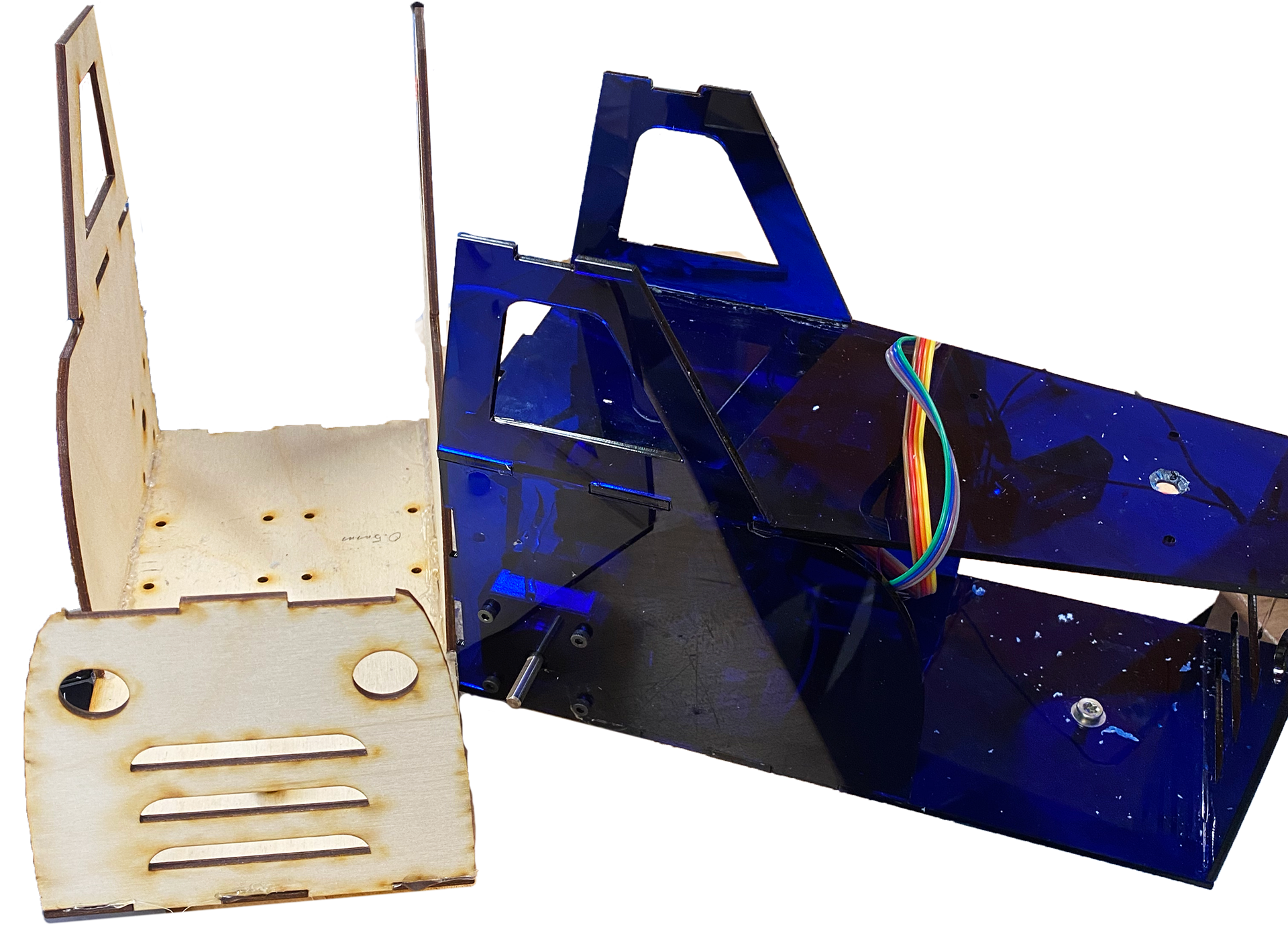
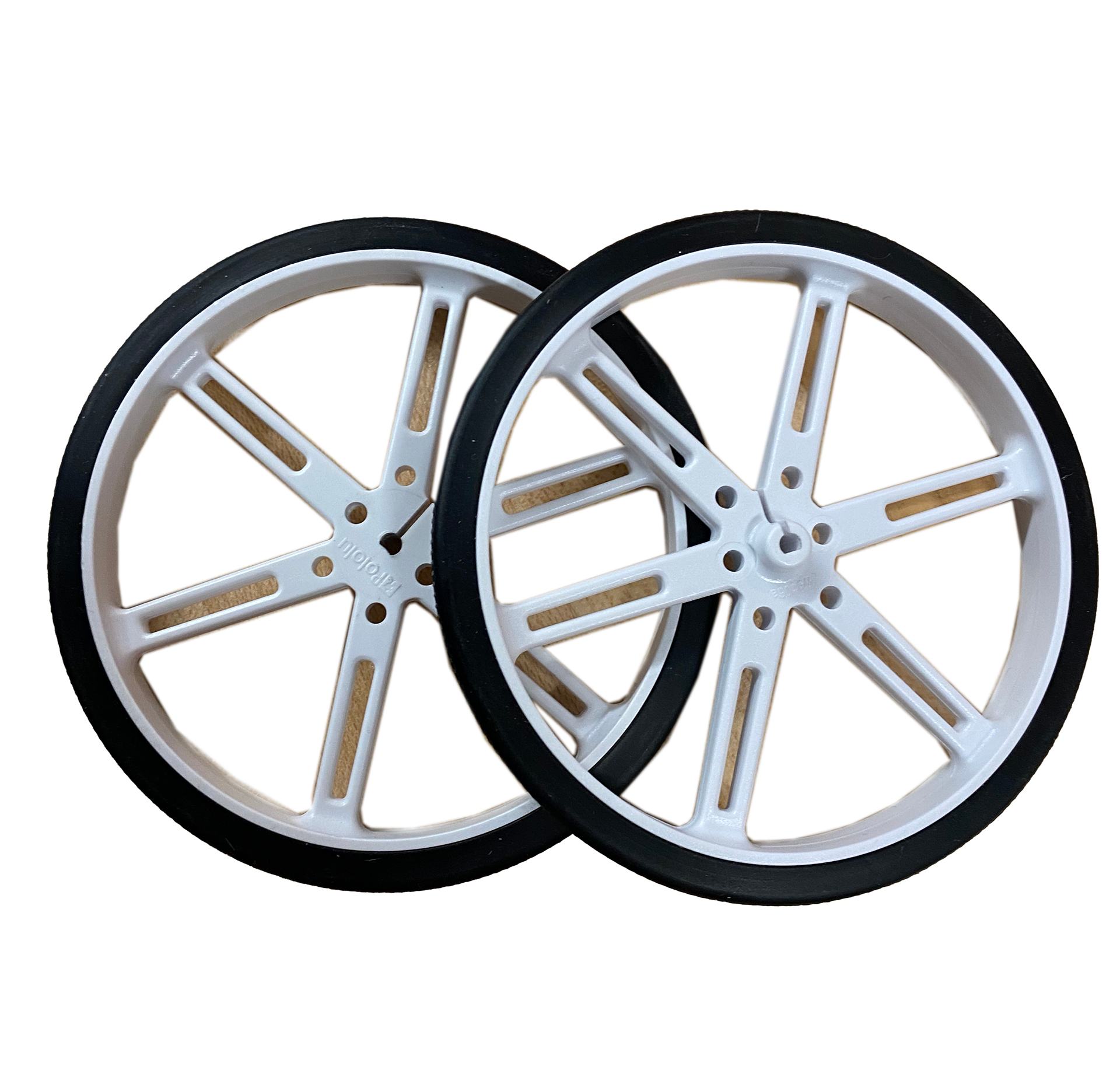
Obstacles
We faced many obstacles when assembling this robot, most of which involved incorporating the separate physical and digital components together. Once wheels were found, attachment fittings needed to be made to connect to the stepper motor mounts. Multiple iterations of the chassis were developed to facilitate the best access to the components and durability.
Final Design
Our final design, while somewhat messy, incorporated all of our elements together into a final working product. Our web server successfully hosted a controller and live video display, through which inputs could be relayed to the robot to navigate it through the unseen maze.

